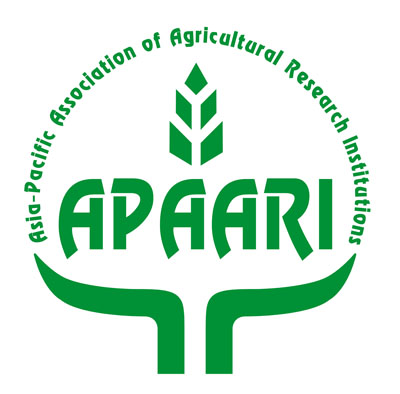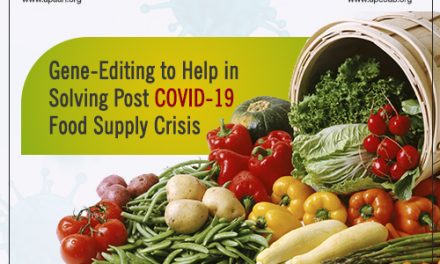A lot has been said and written for gene editing. Today, let’s reflect upon some of its notable contributions in the agro-tech revolution that started with the initialization of gene editing practices in various crops.
The very first question that strikes in our mind is certainly the following:
Why do we even need gene editing? The biotechnologists certainly have a simpler response to it, that points towards its efficacy in the categorization of gene functions and improvement in agricultural traits. Gene editing alone has the ability to improve adaptation, resilience and end-use of related crops. The possibility of commercialization of gene-edited crops is being visualized as a major breakthrough in near future.
Gene editing is being widely observed as one great tool to support COVID-19 treatment and treatment of such horrendous crisis or outbreaks in future.
Today, billions of people are suffering from chronic malnutrition and our agricultural systems are losing the charm due to aggravated biodiversity loss and uncertain climatic changes. Contemporary agricultural techniques are sure to face undeniable challenges to feed the ever-increasing population, projected at the rate of 9 times to that of the total current population by 2050. To curb the huge demand and supply gap, conventional methods of agriculture may not be adequate due to unsustainable resources and meagre quality of produce. High yield crops with improved quality will be required which can only be possible through adapting to new technology or gene editing compared to conventional breeding which is labour-intensive yet takes years to develop commercial varieties.
Gene editing through the development of the clustered regularly interspaced short palindromic repeats (CRISPR)/Cas systems has gained quick attention due to its high response and quality-based fractions. It is the simplest and easiest method of targeted gene editing.
Unlike earlier, when mutations were designed to occur under variable physical irradiation or chemical mutagens that were more time-consuming than being productive, gene editing has the promising potential to produce significant targeted modifications in any crop variety.
This underlines the crucial role of gene editing in meeting the ever-increasing supply needs through enhancing crop breeding at a higher rate. Agricultural advancement through gene editing certainly points towards the eradication of global food and supply problems, especially in the poorer regions of the World.
However, the various government regulations in many parts of the world are still a road-block that can be filled through proper education, information and acceptability among the consumers globally. Those who have envisioned a prosperous agricultural future in the close perspective of gene editing are standing firm to ascertain the technology gets its equal share of fame and glory.


